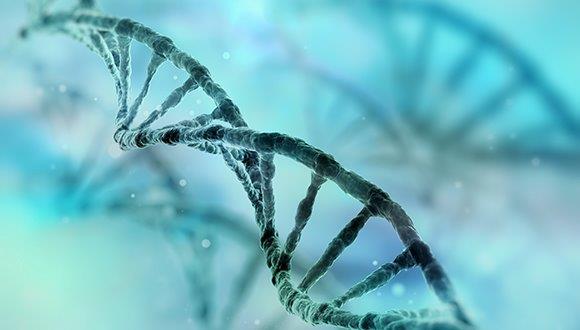סמינר המחלקה להנדסה ביו רפואית
Biomechanics of Infant Feeding
David Elad, D.Sc.
Department of Biomedical Engineering, Faculty of Engineering,
Tel Aviv University, Israel
How do infants extract milk during breastfeeding? Whether it is sucking of the milk by sub-atmospheric pressure or mouthing of the nipple/areola to induce a peristaltic-like extraction mechanism has been a century long scientific controversy. Regardless the specific mechanism, tongue motility is an essential physiological component of human feeding in infants as well in adults. Breastfeeding is a dynamic process, which requires coupling between periodic motions of the infant's jaws, rhythmic pulsation of the tongue, and the breast milk ejection reflex. We developed a quantitative imaging analysis of ultrasound video clips acquired during infant feeding in order to explore the tongue dynamic characteristics. We demonstrated the differences in tongue kinematics during breast- and bottle-feeding, pre- and post-frenotomy in tongue-tie infants and in infant with dysphagia. We also developed a three-dimensional biophysical model of the breast and lactiferous tubes that enabled mimicking the dynamic characteristics of the tongue and nipple observed in ultrasound imaging during breastfeeding. Recently, we also employed a wavelet analysis to amplify the signals internal content in cases of pathological feeding. The methodology was also applied in adults during swallowing a water bolus and revealed highly conserved patterns of tongue kinematics in infants and adults that can be used to differentiate between swallowing pathologies.
zoom : ~~https://us02web.zoom.us/j/83306241179?pwd=R0pVVU1JTVQyd3FRR3gxNzFRcU5sQT09
ביומכניקה של האכלת תינוקות
ד"ר דוד אלעד.
המחלקה להנדסה ביו-רפואית, הפקולטה להנדסה,
אוניברסיטת תל אביב, ישראל
איך תינוקות מפיקים חלב בזמן ההנקה? בין אם זה יניקת חלב על ידי לחץ תת-אטמוספרי או פיה של הפטמה / ארולה כדי לגרום למנגנון מיצוי דמוי פריסטלטיקה הייתה מחלוקת מדעית בת מאה שנים. ללא קשר למנגנון הספציפי, תנועתיות הלשון היא מרכיב פיזיולוגי חיוני בהאכלה של בני אדם גם אצל תינוקות. הנקה היא תהליך דינמי, המחייב צימוד בין תנועות תקופתיות של לסתות התינוק, פעימה קצבית של הלשון ורפלקס פליטת חלב אם. פיתחנו ניתוח הדמיה כמותי של קטעי וידיאו אולטרסאונד שנרכשו במהלך האכלת תינוקות על מנת לחקור את המאפיינים הדינמיים של הלשון. הדגמנו את ההבדלים בקינמטיקה של הלשון במהלך הנקה ובקבוק, לפני ואחרי פרנוטומיה בתינוקות קשירת לשון ובתינוק עם דיספאגיה. כמו כן פיתחנו מודל ביופיזי תלת מימדי של השד וצינורות הלקטירוס שאיפשר לחקות את המאפיינים הדינמיים של הלשון והפטמה שנצפו בהדמיית אולטרסאונד במהלך ההנקה. לאחרונה, השתמשנו גם בניתוח גלי כדי להגביר את התוכן הפנימי של האותות במקרים של הזנה פתולוגית. המתודולוגיה יושמה גם אצל מבוגרים במהלך בליעת בולוס מים וחשפה דפוסים שמורים ביותר של קינמטיקה בלשון אצל תינוקות ומבוגרים שניתן להשתמש בהם כדי להבדיל בין פתולוגיות בליעה.
זום: ~~https://us02web.zoom.us/j/83306241179?pwd=R0pVVU1JTVQyd3FRR3gxNzFRcU5sQT09


